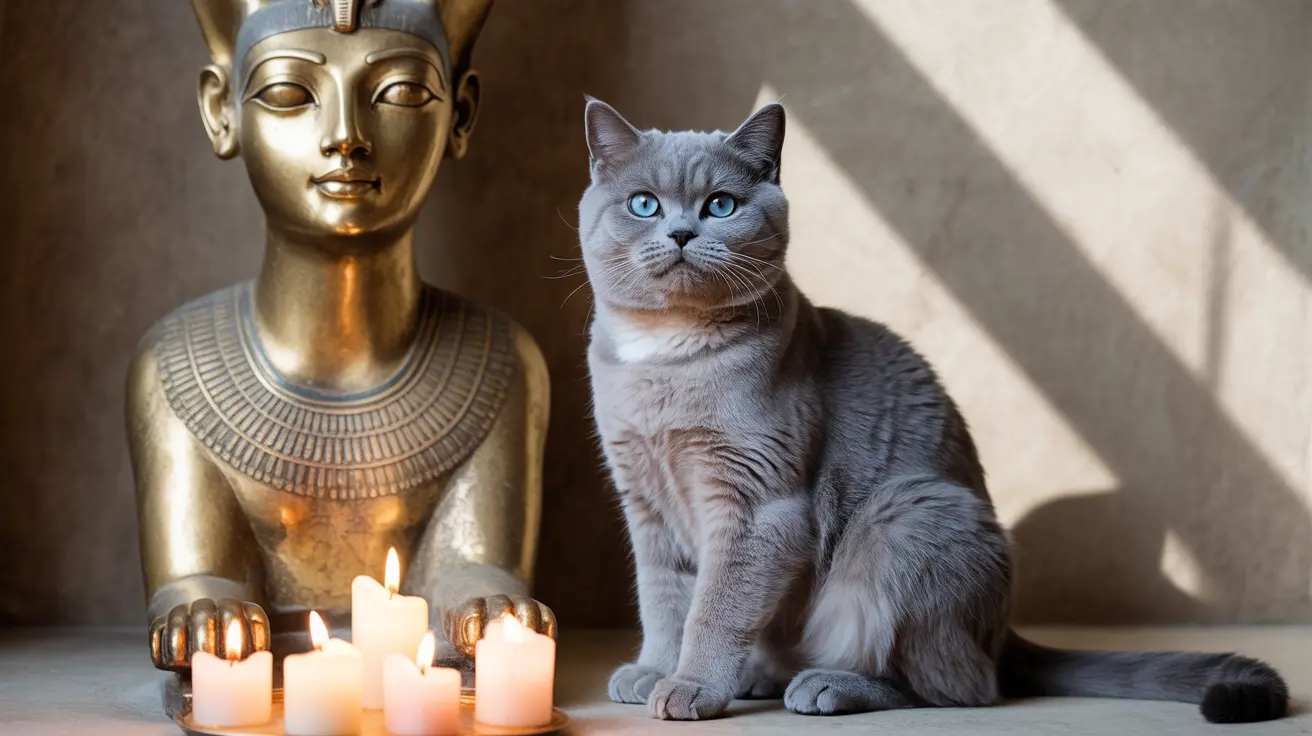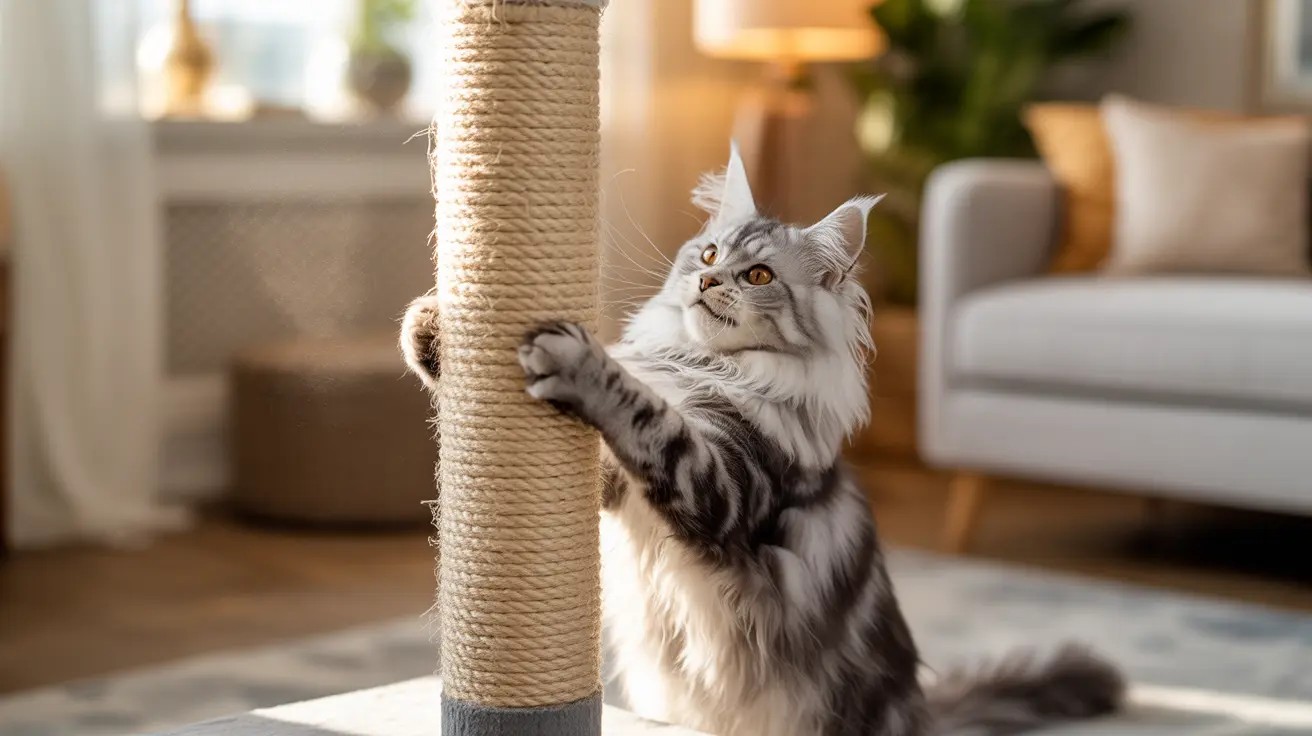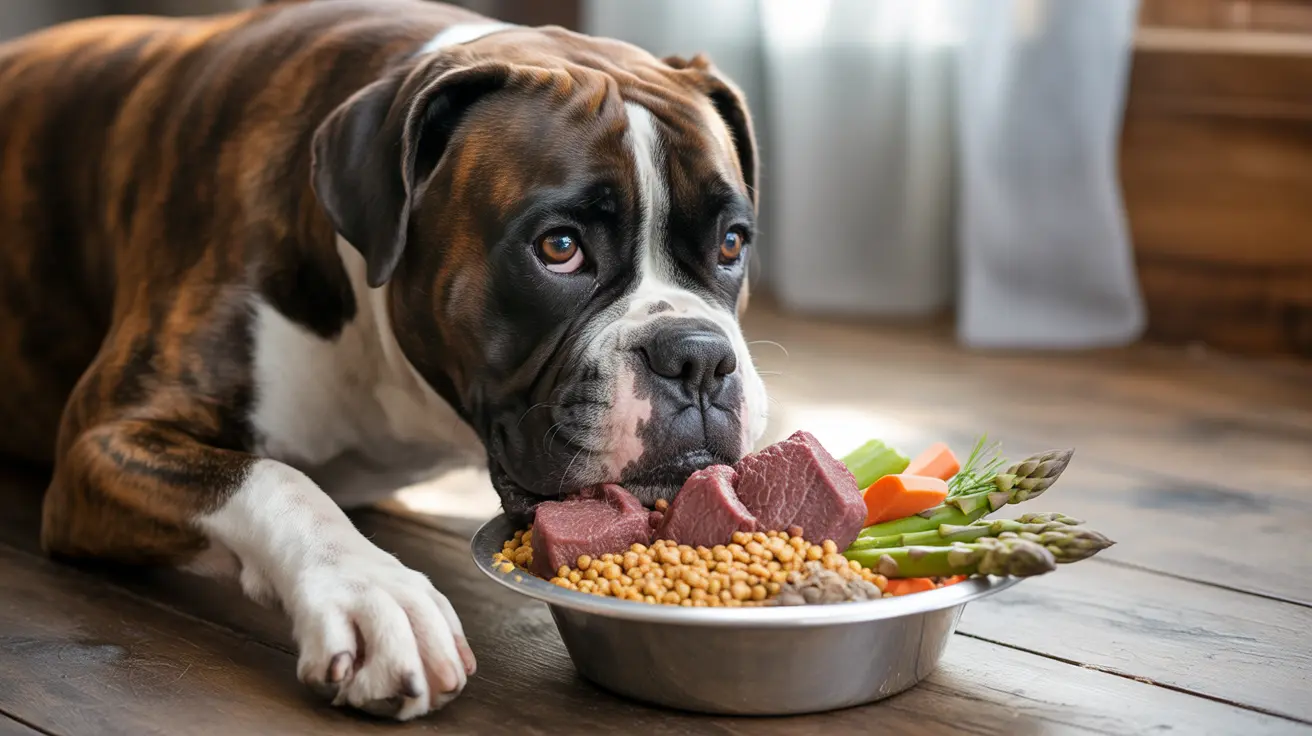Throughout history, cats have held a mystical place in human culture, appearing as divine beings, supernatural creatures, and powerful symbols in mythologies worldwide. From the sacred temples of ancient Egypt to the folklore of medieval Europe, cats in mythology have shaped our understanding and relationship with these enigmatic creatures.
This exploration of feline mythology reveals how different civilizations viewed cats as bridges between the mortal and spiritual realms, attributing them with extraordinary powers and divine connections that continue to influence our perception of cats today.
Egyptian Cats: From Household Guardians to Divine Beings
Ancient Egypt stands as the epitome of cat reverence, where these graceful creatures weren't just pets but manifestations of divine power. The goddess Bastet, depicted as a woman with a cat's head, represented protection, fertility, and motherhood, making her one of Egypt's most beloved deities.
In Egyptian households, cats were considered sacred protectors against evil spirits and disease. The death of a family cat was treated with profound grief, with household members shaving their eyebrows in mourning and often mummifying their beloved companions.
Sacred Cats in Norse and Celtic Traditions
Norse mythology features the goddess Freyja, whose chariot was pulled by two massive cats, symbolizing both grace and power. These mythical felines were believed to possess magical abilities and were often given as wedding gifts to ensure marital happiness.
In Celtic folklore, the mysterious Cat-sìth, a large black cat with a white chest patch, was believed to steal souls and played a significant role in Halloween traditions. This creature exemplifies the duality of cats in European mythology - both revered and feared.
Asian Mythological Cats and Supernatural Powers
Japanese folklore introduces us to the Bakeneko and Nekomata - supernatural cats capable of shapeshifting, speaking human language, and even raising the dead. These mythical creatures emerge from ordinary cats that have lived long enough to develop magical powers.
Chinese mythology portrays cats as spiritual guardians with the ability to see and ward off evil spirits. The tradition of the "lucky cat" or Maneki-neko continues to be popular throughout Asia, symbolizing good fortune and protection.
Islamic Tradition and the Honored Status of Cats
In Islamic culture, cats hold a special place of honor, partly due to the Prophet Muhammad's documented fondness for them. His beloved cat Muezza became a symbol of the proper treatment of animals in Islamic tradition, leading to cats being welcomed in homes and even mosques.
The Evolution of Cat Symbolism Through History
The symbolism of cats has evolved dramatically across different eras and cultures. While ancient Egyptians worshipped them as divine beings, medieval European societies often associated them with witchcraft and dark magic. Today, many of these historical beliefs continue to influence modern perceptions of cats.
Frequently Asked Questions
Why were cats considered sacred and associated with goddesses like Bastet in ancient Egyptian mythology?
Cats were considered sacred in ancient Egypt because they protected grain stores from vermin, essentially safeguarding the kingdom's food supply. Bastet, as a cat goddess, represented protection, fertility, and motherhood, making her particularly important in Egyptian daily life and religious practice.
How did cats symbolize protection and magical powers in different cultures such as Egypt, Norse, and Japan?
Different cultures attributed various protective powers to cats: Egyptians believed they warded off evil spirits, Norse mythology connected them to love and fertility through Freyja, and Japanese culture saw them as protectors against supernatural threats and bringers of good fortune.
What are the mythical stories of supernatural cats like Japan's Bakeneko and Nekomata, and what powers are they believed to have?
Bakeneko and Nekomata are Japanese supernatural cats that develop magical abilities after living for many years. They can shapeshift into human form, speak human language, control the dead, and cast curses. Bakeneko are considered less malevolent than the two-tailed Nekomata.
How did black cats come to be both revered and feared in European and Celtic folklore?
Black cats' dual reputation emerged from their nocturnal nature and mysterious behavior. While Celtic traditions often saw them as magical protectors, medieval European society later associated them with witchcraft and bad omens, leading to centuries of conflicting beliefs about their nature.
What is the significance of cats in Islamic tradition and how did Prophet Muhammad influence attitudes toward cats?
Prophet Muhammad's documented love for cats, especially his cat Muezza, established a positive attitude toward cats in Islamic tradition. This led to cats being considered clean animals welcome in homes and mosques, and mistreating cats became considered particularly distasteful in Islamic culture.
Conclusion
The rich tapestry of cat mythology across cultures demonstrates humanity's enduring fascination with these mysterious creatures. From divine beings to supernatural shapeshifters, cats have maintained their status as extraordinary creatures in human consciousness, bridging the physical and spiritual worlds in ways that continue to captivate our imagination.






